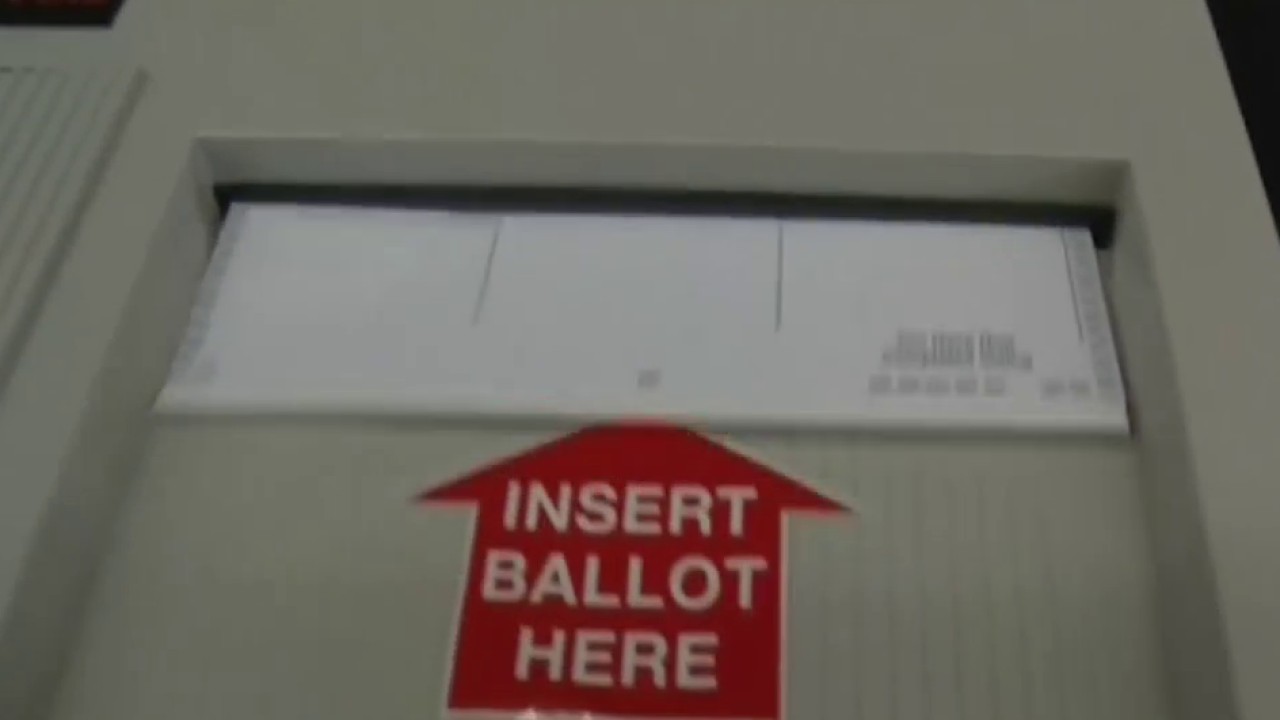Two of Illinois' 11 regions met the criteria needed to loosen coronavirus restrictions over the weekend, moving into Tier 1 under the state's plan.
That means indoor dining can resume, among other changes.
Region 5 was the first to meet the requirements on Saturday, effectively immediately, according to the Illinois Department of Public Health. Region 5, in southern Illinois, includes the following counties: Marion, Jefferson, Wayne, Edwards, Wabash, Perry, Jackson, Franklin, Williamson, Saline, Hamilton, White, Gallatin, Union, Johnson, Pope, Hardin, Alexander, Massac and Pulaski.
On Sunday, Region 2 was allowed to move into Tier 1. Region 2 includes Grundy, Kendall and LaSalle counties, along with Bureau, Fulton, Henderson, Henry, Knox, Livingston, Marshall, McDonough, McLean, Mercer, Peoria, Putnam, Rock Island, Stark, Tazewell, Warren and Woodford counties.
What changes for regions entering Tier 1 mitigations? Here's a full breakdown:
Bars and restaurants
- Bars and restaurants close at 11 p.m. and can reopen after 6 a.m.
- Indoor service limited to lesser of 25% or 25 people per room
- Establishment must serve food for indoor service
- Indoor dining reservations limited to a 2-hour time frame; reservations required
- Barstools must be removed to avoid congregating
- No tables exceeding four people indoors
Social gatherings
- Social gatherings can be limited to 25 guests or 25% capacity both indoors and outdoors
- No party busses allowed
Fitness centers and sports
- Sports games and practices remain dependent on the type of sport and risk level associated
- Face coverings must be down at all times in fitness centers, including while exercising
Gov. J.B. Pritzker announced Friday that Regions 2 and 5, as well as Region 1 in northern Illinois, could move from the more restrictive Tier 3 to Tier 2.
Local
All of Illinois' 11 regions have been under Tier 3 mitigations since Nov. 20, suspending indoor dining across the state and closing down museums and casinos.
Under the state's guidelines, a region can move to Tier 2 mitigations if it sees a test positivity rate less than 12% for three consecutive days and more than 20% of ICU and hospital beds are available, as well as declining COVID-19 hospitalizations in seven of the previous 10 days.
To move from Tier 2 to Tier 1, regions need:
- A test positivity rate below 8 percent for three consecutive days, as measured by the 7-day rolling average; AND
- Greater than or equal to 20 percent available staffed ICU and medical/surgical hospital beds for three consecutive days, on a 3-day rolling average; AND
- No sustained increase in the number of people in the hospital with COVID-19 for seven out of 10 days, on a 7-day average.
Once in Tier 1, the next step in loosening restrictions would be Phase 4 of the original "Restore Illinois" plan, announced last year and in place before the additional mitigations were added amid a resurgence of the virus.
To move back to Phase 4, regions need:
- A test positivity rate less than or equal to 6.5 percent for three consecutive days, as measured by the 7-day rolling average; AND
- Greater than or equal to 20 percent available staffed ICU and medical/surgical hospital beds for three consecutive days, on a 3-day rolling average; AND
- No sustained increase in the number of people in the hospital with COVID-19 for seven out of 10 days, on a 7-day average.



